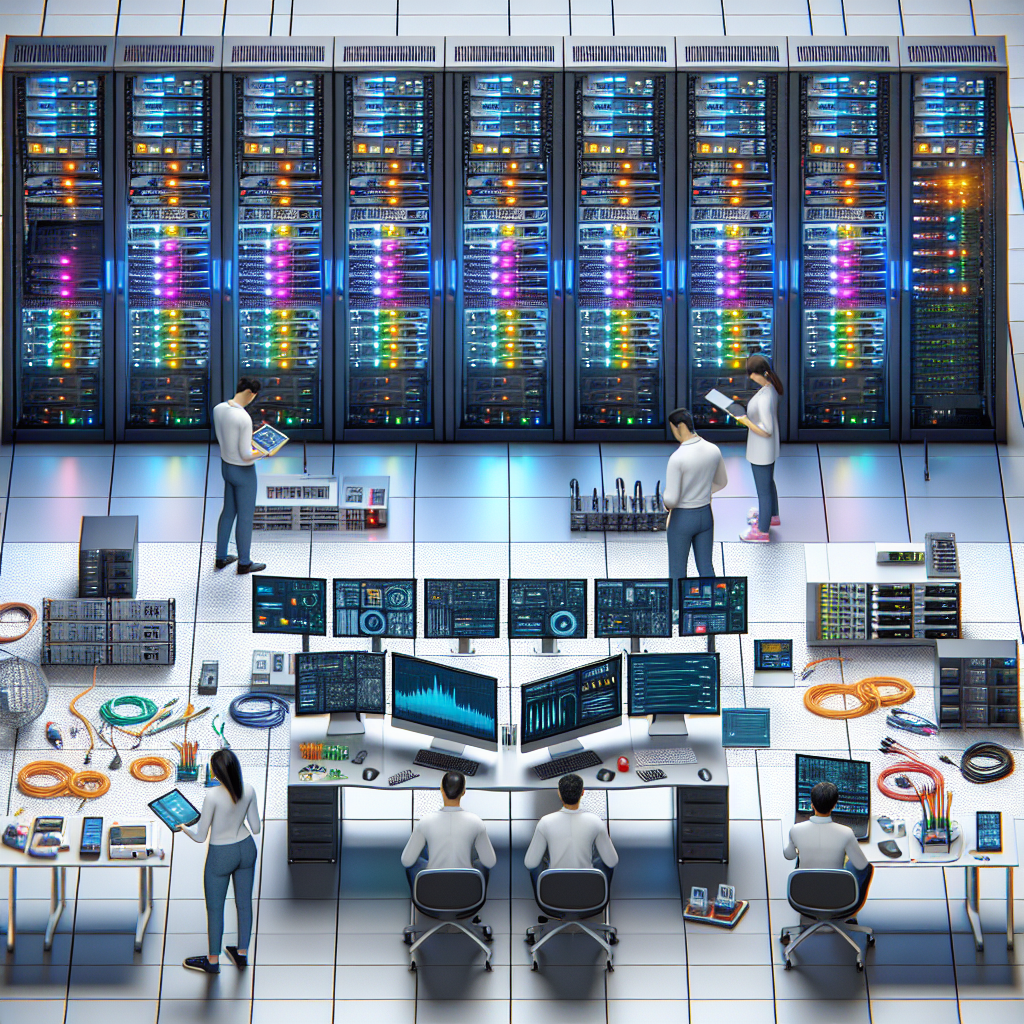Your cart is currently empty!
Key Tools and Techniques for Data Center Troubleshooting

Data centers play a crucial role in the functioning of businesses and organizations, serving as the backbone of their IT infrastructure. However, like any complex system, data centers are prone to issues and malfunctions that can disrupt operations and lead to costly downtime. As such, data center troubleshooting is a critical skill for IT professionals responsible for maintaining and managing these facilities.
To effectively troubleshoot data center issues, IT professionals need to rely on a combination of key tools and techniques. In this article, we will explore some of the essential tools and techniques that can help in diagnosing and resolving data center problems quickly and efficiently.
1. Monitoring and Alerting Tools: Monitoring tools are essential for keeping track of the performance and health of data center infrastructure. These tools can provide real-time insights into the status of servers, storage devices, network equipment, and other critical components. By setting up alerts based on predefined thresholds, IT professionals can be notified of any anomalies or potential issues before they escalate into major problems.
Popular monitoring tools for data centers include Nagios, SolarWinds, and Zabbix. These tools offer features such as dashboards, reporting, and customizable alerting mechanisms to help IT professionals proactively manage and troubleshoot data center issues.
2. Diagnostic Tools: When troubleshooting data center problems, diagnostic tools are essential for identifying the root cause of issues. These tools can help in pinpointing the source of performance bottlenecks, connectivity issues, or hardware failures. Common diagnostic tools used in data centers include ping and traceroute for network troubleshooting, disk performance analyzers for storage issues, and server monitoring tools for tracking CPU and memory utilization.
3. Cable Testers and Network Analyzers: Networking issues are a common cause of data center downtime, making cable testers and network analyzers indispensable tools for troubleshooting connectivity problems. Cable testers can help in verifying the integrity of network cables and identifying faulty connections, while network analyzers can capture and analyze network traffic to pinpoint issues such as packet loss, latency, or congestion.
4. Remote Hands Services: In some cases, data center troubleshooting may require physical intervention or on-site support. Remote hands services provide IT professionals with access to on-site technicians who can perform tasks such as server reboots, hardware replacements, and cable reconnections. These services can help in resolving issues quickly, without the need for IT professionals to be physically present at the data center.
5. Documentation and Change Management: Proper documentation and change management practices are essential for effective data center troubleshooting. Maintaining up-to-date documentation of data center infrastructure, configurations, and procedures can help in quickly identifying potential issues and implementing solutions. Change management processes ensure that any changes made to the data center environment are properly planned, tested, and documented to prevent unexpected disruptions.
In conclusion, data center troubleshooting requires a combination of key tools and techniques to effectively diagnose and resolve issues. By leveraging monitoring tools, diagnostic tools, cable testers, network analyzers, remote hands services, and robust documentation practices, IT professionals can ensure the smooth operation of data center infrastructure and minimize downtime. Investing in the right tools and adopting best practices for troubleshooting can help organizations maintain high levels of uptime and reliability for their critical IT systems.

Leave a Reply